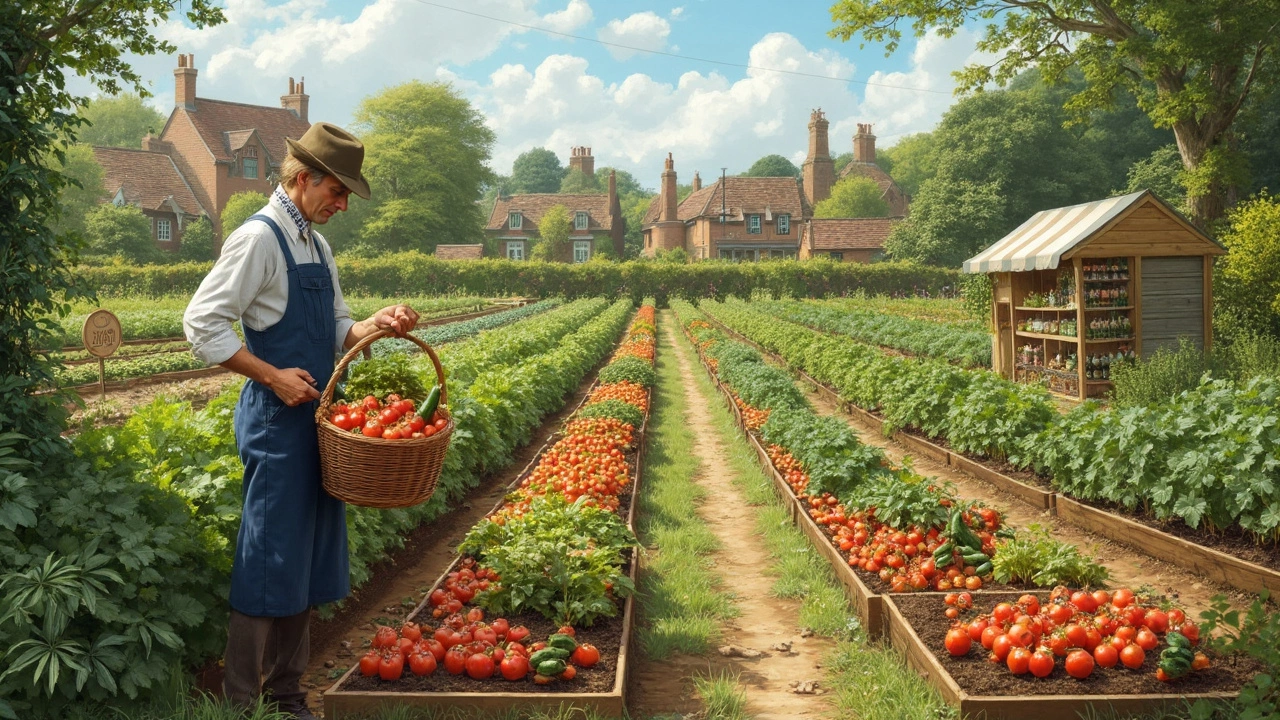Vegetable Farming: Simple Tips for Growing Fresh Produce
Thinking about growing your own veggies? You don’t need a huge plot or a fancy degree. With a few smart choices you can harvest tasty, healthy vegetables right from your backyard or balcony. This guide gives you the basics you need to start, keep your plants thriving, and enjoy the payoff of fresh food all season long.
Getting Started with Your Veg Garden
First, figure out where you’ll plant. A sunny spot that gets at least six hours of light works for most veggies. If you’re limited on ground space, raise a few containers or use a tiered vertical system. Fill them with a good quality potting mix – something light, well‑draining, and rich in organic matter. A simple combo of compost and coconut coir does the trick for most beginners.
Pick crops that match your climate and the time you have to care for them. Leafy greens like lettuce, spinach, and kale grow fast and can be harvested multiple times. Root veggies such as carrots and beets need deeper soil but are low‑maintenance. Tomatoes and peppers love the heat, so wait until the last frost has passed before planting them outdoors.
Don’t forget to plan your planting schedule. Stagger seeds every two weeks to ensure a steady supply of fresh produce. Use a small notebook or a phone app to track when you sow, transplant, and harvest each variety. That way you’ll avoid confusion and know exactly when to water or feed your plants.
Keeping Your Crops Healthy
Water is the biggest factor in a thriving veg garden. Early morning watering reduces evaporation and helps prevent fungal issues. Aim for a consistent moisture level – not soggy, not bone‑dry. A simple drip‑irrigation system or a soaker hose can make daily watering easier and save water.
Feed your plants with organic fertilizer. A balanced mix of nitrogen, phosphorus, and potassium (N‑P‑K) supports growth, root development, and fruiting. Compost tea, worm castings, or a light sprinkling of fish emulsion every few weeks keeps the soil alive and provides nutrients without chemicals.
Pest control can stay natural. Hand‑pick larger insects, use row covers to keep bugs out, and spray a mild soap solution for aphids. Encourage beneficial insects like ladybugs by planting flowers such as marigolds or nasturtiums nearby.
Harvesting at the right time boosts flavor and encourages more production. Cut leafy greens when they’re about 3‑4 inches tall; the plant will keep sending up new leaves. For fruiting veggies, pick them as soon as they’re firm and colorful. This not only tastes better but also signals the plant to produce more.
Finally, keep learning. Join local gardening groups, follow a few trusted veg‑farming blogs, and experiment with new varieties each season. The more you observe, the better you’ll become at predicting what your garden needs.
With these steps, vegetable farming becomes a satisfying, low‑stress hobby. You’ll save money, eat fresher food, and enjoy the simple pleasure of watching seeds turn into meals. Ready to plant your first seed? Grab a shovel, some soil, and get growing today.
